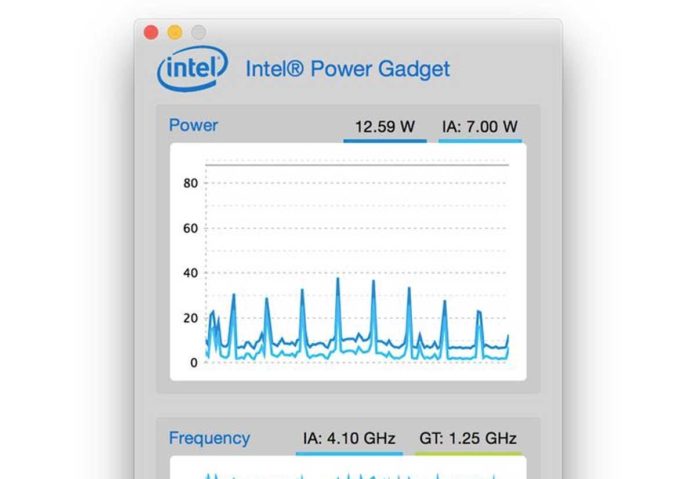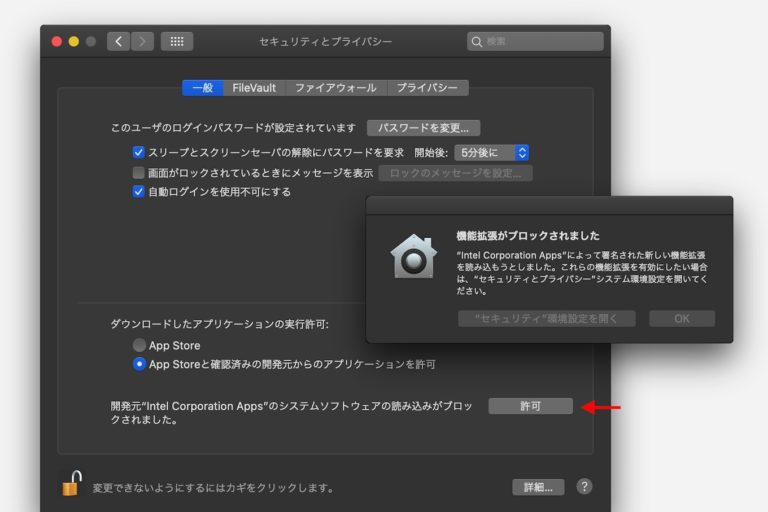

- #INTEL POWER GADGET MAC OLD VERSION INSTALL#
- #INTEL POWER GADGET MAC OLD VERSION PRO#
- #INTEL POWER GADGET MAC OLD VERSION PLUS#

#INTEL POWER GADGET MAC OLD VERSION PLUS#
We tried vanilla Debian 11.7, in the form of an Xfce live medium with non-free firmware, and FreeBSD 13.2, plus a couple of non-systemd distributions: Devuan Chimæra 4.0.3 and MX Linux 21.3. However, trying some slightly less-standard distributions didn't go so well. The GPU is a 1.9GHz Radeon 660M with six cores, and graphics ran smoothly with both Wayland and X.org.

#INTEL POWER GADGET MAC OLD VERSION PRO#
The Ryzen Pro 6650U chip has six dual-thread 2.9GHz CPU cores, and they're all high-performance ones, unlike Intel 12th or 13th generation devices' "efficiency" cores. We saw no display glitches and no hesitancy. The big-name ones we tried – Ubuntu 22.04 and 23.04, Fedora 38, and Linux Mint 21.1 – all installed without a hitch and ran perfectly. Mainstream Linux distributions were much happier. This is not Lenovo's fault – but there's a lot of room for it, and other vendors, to significantly improve the customer experience here. Macs use UEFI, and since 2009, any Mac with a blank drive can boot from Apple's servers over the internet without needing a valid ESP.
#INTEL POWER GADGET MAC OLD VERSION INSTALL#
There should be a documented and automatically-discoverable repository of essential drivers inside the recovery partition, so that a fresh install of Windows can find them and use them to get online without needing additional hardware or media. The Recovery partition should be able to handle a corrupted or missing ESP, and boot itself even without one, as if it were a removable medium. That this kind of fooling around is still needed is ridiculous. Windows is nearly 40 years old now and has had over a dozen major releases. An emergency boot function is no use whatsoever if you need to be able to boot the OS normally in order to enable it. The same can be said of "safe mode" in recent versions of Windows: to access it, you must choose it before shutting down. In part, this process demonstrates the uselessness of Microsoft's "rescue" partition: it's absolutely no help if your computer can't boot, which is a common category of problem. There ain't no party like a Windows rescue party We do have a perfectly good USB-3 Ethernet dongle, but the Z13 has no USB-A port. Third, we had to use a USB-C hub with an Ethernet port again. Second, just as before, Windows 11 was not able to recognize the machine's Wi-Fi chipset, so it couldn't go online to fetch updates and drivers… such as network controller drivers. First, we had to reinstall Windows 11 from scratch. The experience continued very much like on the X1 Carbon. Even copying the Windows 11 boot files from a working computer's ESP wasn't enough: it helped to the very limited degree that a Windows 11 boot medium was now able to find the existing Windows 11 installation – but it couldn't fix it. This, it appears, is a category of error which Microsoft's "startup repair" process is unable to handle. And also like the X1 Carbon, unfortunately, while experimenting with a pre-release Linux distribution, we managed to overwrite the machine's EFI System Partition (ESP).

Much like the last X86 based Thinkpad that we reviewed, out of the box, the Z13 had a considerable list of outstanding Windows updates which had to be installed before we could start using it.



 0 kommentar(er)
0 kommentar(er)
